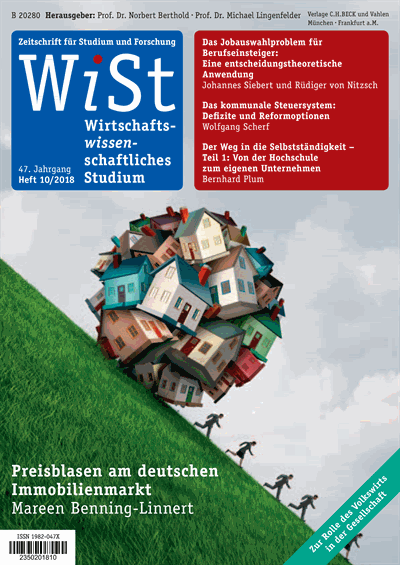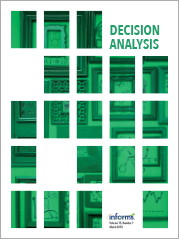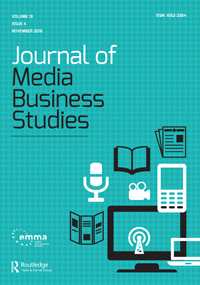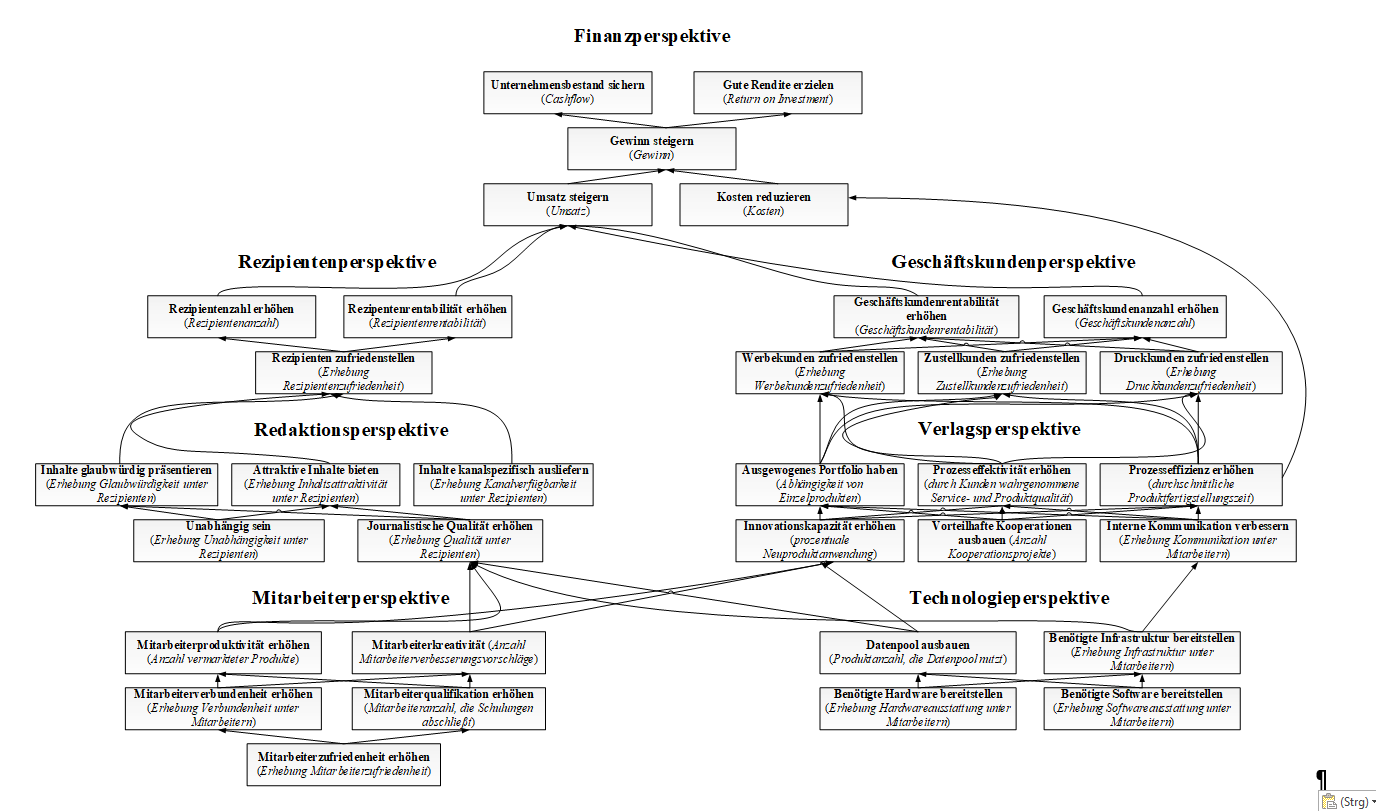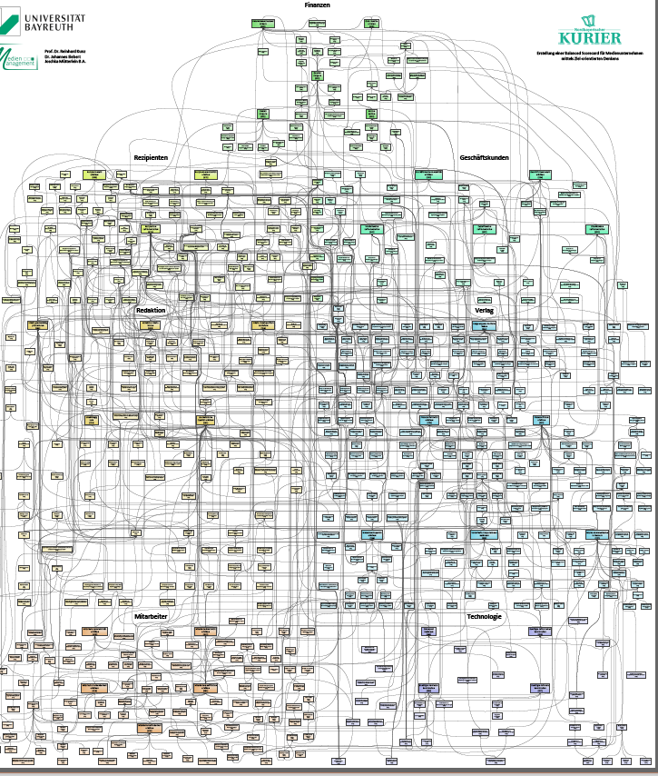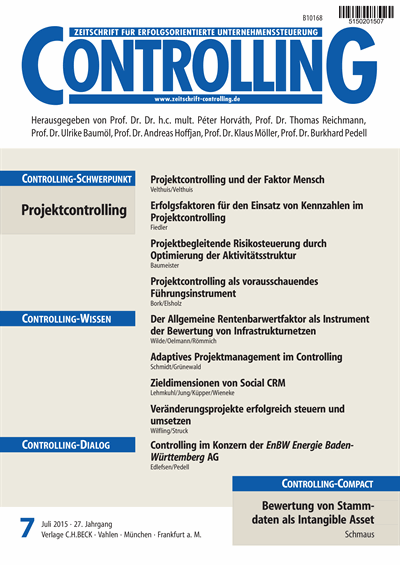
Veröffentlichung
Siebert, Johannes U.; von Nitzsch, Rüdiger. “ The Job Selection Problem for Career Starters: A Decision-Theoretical Application. Part 1: Structuring the Problem into Objectives, Alternatives and Uncertainties“, Scientific Contributions, Wirtschaftswissenschaftliches Studium, October 2020
This two-piece paper describes how to solve a practical decision problem using decision theory. The first part emphasizes the high importance of a solid structuring of the decision situation in objectives, alternatives, and uncertainties. It is shown how to proceed in this step with the support of a decision analyst. The following second part uses the results of the first part and shows how to find an optimal alternative by a quantification of the necessary parameter. Short text: After graduation, the question arises for the graduates with which job they want to start their further career. A decision-theoretical analysis uses a practical example to show how the decision problem can be well-structured with the help of a decision analyst.
